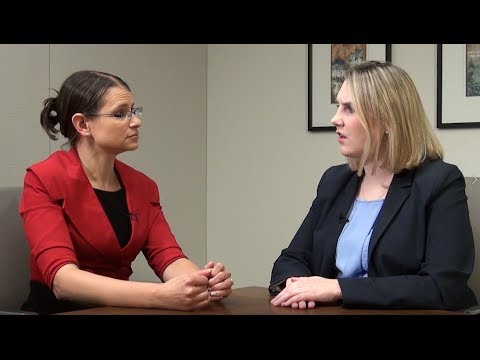Changes in How Not-For-Profits Present Their Financials

Jen: This is PKF Texas The Entrepreneur’s Playbook. I’m Jen Lemanski, and I’m back again with Danielle Supkis Cheek, a director on our Entrepreneurial Advisory Services team, as well as our not-for-profit team. Danielle, welcome back to the Playbook.
Danielle: Thank you again.
Jen: I know there have been some pretty big changes on how not-for-profits present their financials. What do you know about that and what can we tell our audience?
Danielle: So right now is… Actually if you’re on a calendar year, the financial statement rules changes are effective right now, 2018. What it really goes down to is that you have, in the past three different groups of net assets for nonprofits, that’s now taking it down to two, which is with donor restriction and without donor restriction. I can get into a long, technical deals with it, but really what it’s taking is that temporarily restricted and permanently restricted and putting that into one category to say with donor restriction.
This actually helps if anybody has an underwater endowment; this helps clean up the accounting. A couple of other changes – a statement of functional expenses is going to be a required disclosure now and statement, which if you had yourself set up to have those in the past no big deal, no change. But if you’re not being able to track how you’re spending your money with the natural classification of expense as well as within that admin fundraising program, you may need a system change now depending on your year end. And then a couple other more nuance topics – probably the most problematic for a lot of nonprofits may be the liquidity disclosures and liquidity disclosures about how much cash they actually have access to, as unrestricted or not.
Jen: Now what size not-for-profit does this impact? Everyone?
Danielle: Everyone that follows US GAAP.
Jen: That sounds really important, especially for those smaller ones.
Danielle: It does and actually there are more standards changing coming right now that will help align some of the nonprofit rules with the new revenue recognition rules and how to handle exchange transactions where you’re actually providing a service for, let’s say, a government entity versus just receiving donations.
Jen: Wow, well we’ll definitely get you back to talk about some of that revenue recognition stuff.
Danielle: Of course.
Jen: Perfect, thank you. For more about this topic, visit PKFTexas.com. This has been another Thought Leader production brought to you by PKF Texas The Entrepreneur’s Playbook, tune in next week for another chapter.

